Brushed vs brushless motors

Brushless technology isn’t new, it’s been used in industrial machinery for decades, and now it’s becoming more and more common in the domestic tool and equipment market. If you’ve been shopping for a good battery-powered lawnmower/drill/chainsaw etc. you’ll have been told “brushless is better”. But why? What’s the difference between brushed and brushless motors and why is one better than the other?
In a nutshell, brushless motors are more efficient overall due to:
- More power
- Greater longevity
But where does this greater efficiency come from? First, we need to understand what makes a brushed motor ‘brushed’ and a brushless motor ‘brushless’.
Brushed motors
‘Brushed’ refers to the little metallic blocks (not literal brushes) on either side of the motor’s commutator. When pushing the start button, power goes through wires into the brushes as a spring forces the brushes into contact with the commutator. Upon contact, electrical current is transferred from the brushes into the commutator. This sends energy into coiled copper wires (called the armature) which take on an electric charge. The armature’s electromotive field pushes against the ring of stationery magnets (stator magnets). These positively and negatively charged magnets rotate the armature, which in turn spins the rotor and turns the spiral head. This then turns the blade/drill head/bar etc.
The problem is in the brushes themselves. Due to their contact with the commutator and the friction this causes, the brushes wear down over time. This causes the tool to lose power. It can overheat and start sparking at the brushes. While some sparking is normal, if you can smell burning metal or see sparking through the vents, then the brushes are shot. They can be replaced, but you’ll always have that friction that begins the wear again.
Brushless motors
You’ve probably guessed by now what makes the brushless motor different to the brushed… But how does removing the brushes make the former better than the latter?
The brushless motor is built with bigger magnets mounted directly to the motor and a larger armature surrounds the magnets. Attached to this is a circuit board that acts like a little brain. This controls the charge of the armature, causing the magnets on the armature to spin. In this case, because the brushes and commutator are gone, there is no contact, thus no friction so the motor lasts longer. This also allows for that space to be solely devoted to the armature and magnets, making the tool stronger.
Brushless brain gives automated power output
The circuit board also collects feedback from the rotor and adjust power according to load. For instance, a softer wood is recognised as an easier cut and the tool will dial back its effort and the battery will save power. The same way, if your lawnmower is cutting denser grass, the chip will tell the motor to increase power.
Quieter without the brushes
Your neighbours will thank you for investing in brushless tools. Without the brushes and the constant, noisy friction, brushless tools are far quieter than brushed tools.
While brushless tools are more expensive than their brushed counterparts, the benefits of longevity, power and efficiency make it a worthwhile investment for pros and DIYers alike.




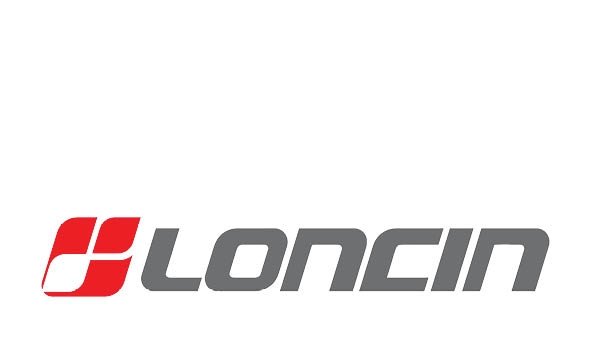
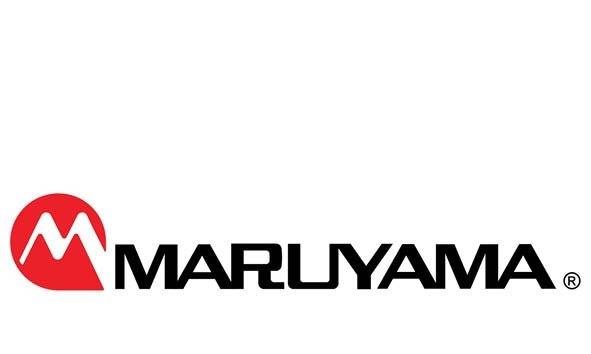


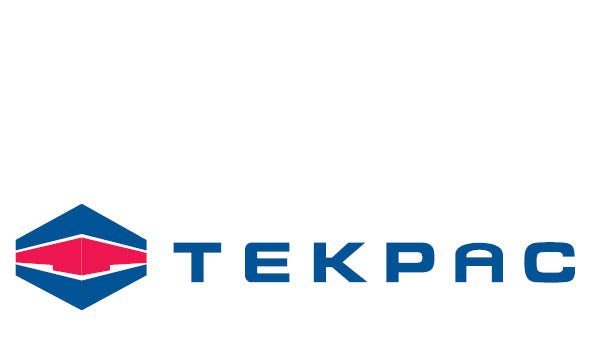
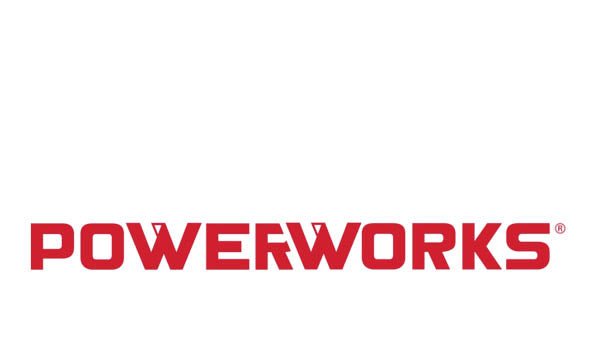






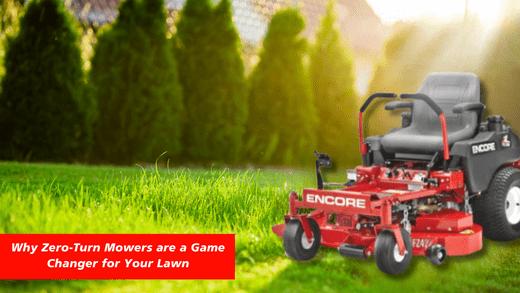


Leave a comment